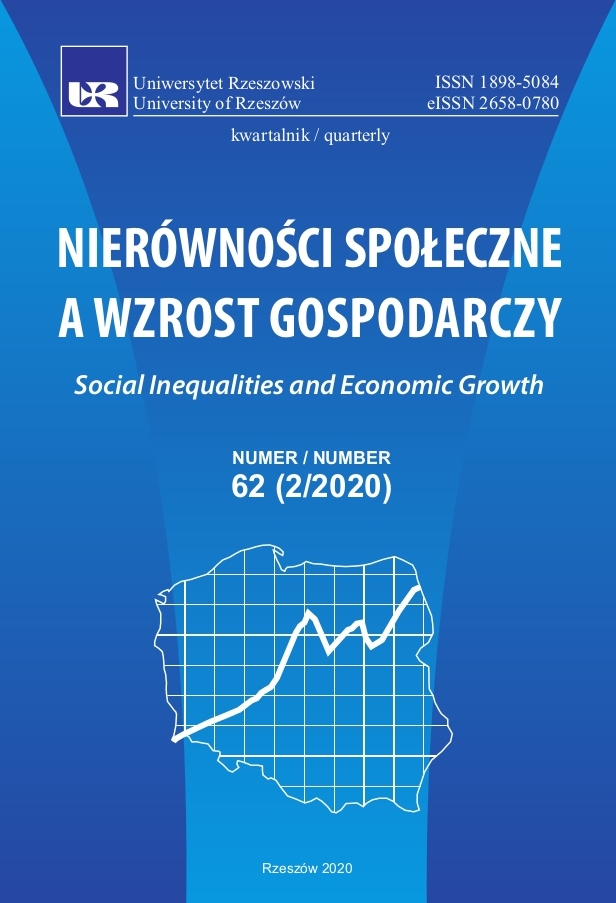Labour efficiency in Belarus within the framework of achieving sustainable development goals
DOI:
https://doi.org/10.15584/nsawg.2020.2.7Keywords:
economically active, labour force, unemployed, personnel structure efficiency, manageability rate, sustainable development goalsAbstract
The labour market in the Republic of Belarus has been recently developing the conditions which have witnessed a constant decrease in the number of people employed in the economy due to the transformation of the population structure. Among the factors that impede the effective development of the regions, uneven territorial distribution of labour potential was revealed. It leads to labour redundancy in some regions and a shortage of personnel in others. The main goal of the study is to investigate the influence of selected factors on labour market indicators in the Republic of Belarus in 2013–2018. The indicators under research characterise standard of living, unemployment, rationality of personnel policy, employment efficiency, labour productivity and others. Thus, it is possible to assess the efficiency of labour potential management in the framework of achieving sustainable development goals. As a research tool, statistical methods were used, including the method of comparisons, the multivariate index models, correlation and regression analysis. The solution to the problem of territorial inequality in the labour market can be found through a number of measures that are aimed at: stimulating labour mobility of citizens; creation of new attractive jobs in labour-intensive areas; assistance in employment and housing; organization of training for the unemployed in professions that are in demand on the regional labour market; simplification of starting business procedures, etc. To ensure sustainable development in the face of a decrease in the number of employees, as well as a decrease in the share of workers, this tendency must be correlated with the processes of improving labour methods and techniques, modernizing production, introducing new equipment and resourcesaving technologies, automating production processes to ensure increased labour productivity and reduced excess employment.Downloads
Download data is not yet available.
Downloads
Published
2020-11-04
How to Cite
Kolesnikova, I. (2020). Labour efficiency in Belarus within the framework of achieving sustainable development goals. Social Inequalities and Economic Growth, 2(62), 108–120. https://doi.org/10.15584/nsawg.2020.2.7
Issue
Section
Articles
License
Copyright (c) 2020 University of Rzeszow

This work is licensed under a Creative Commons Attribution-ShareAlike 4.0 International License.


